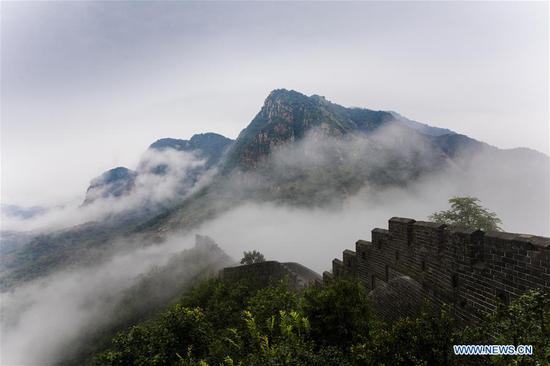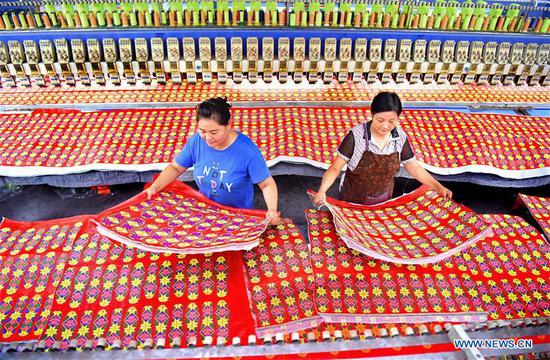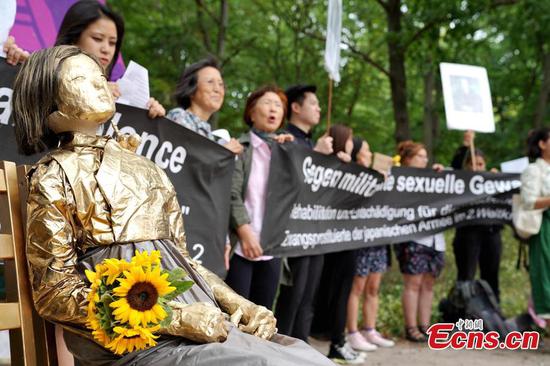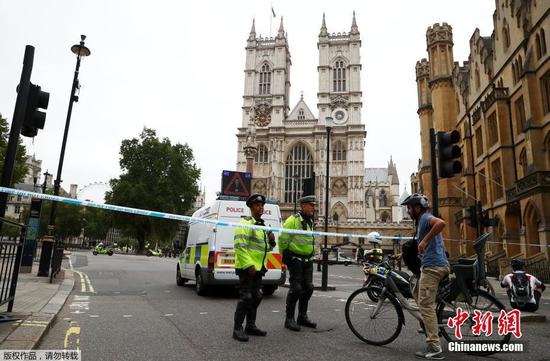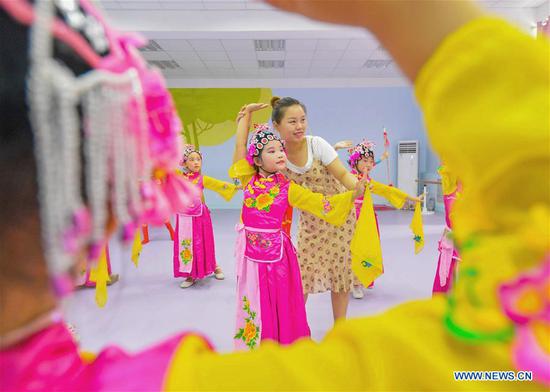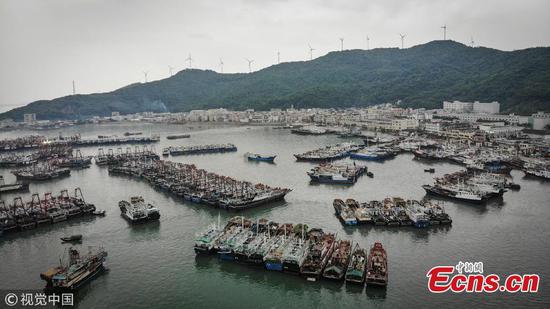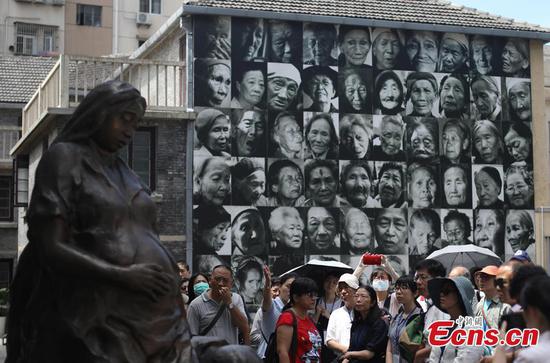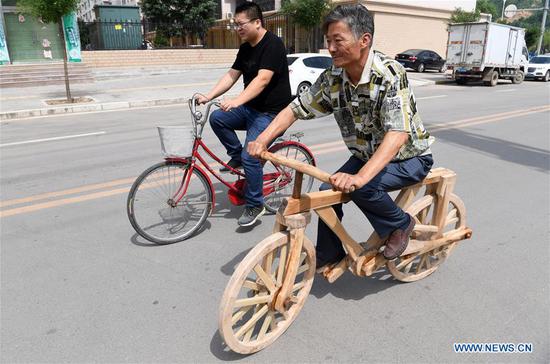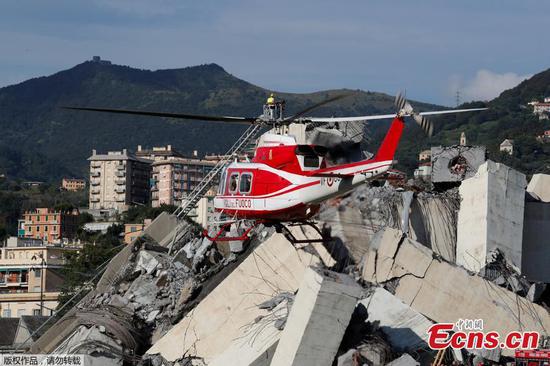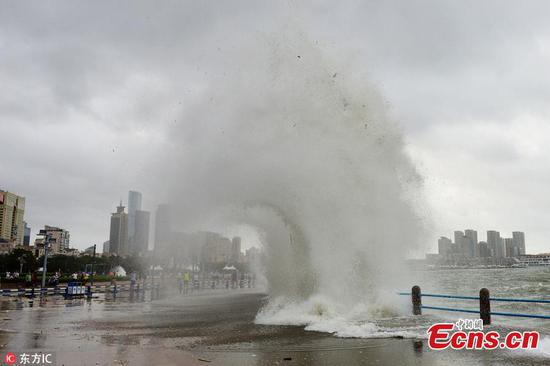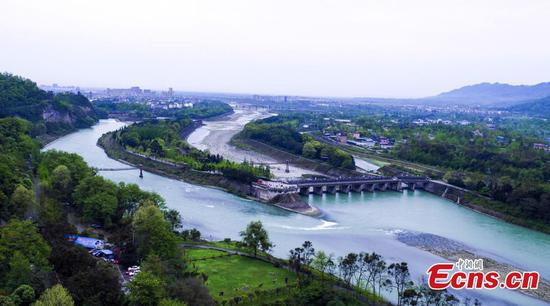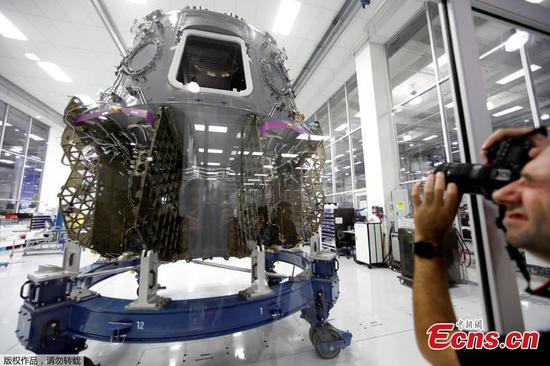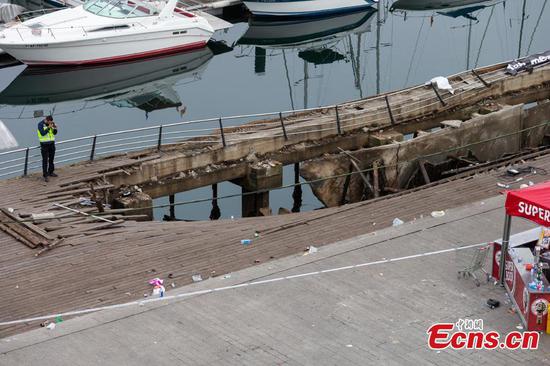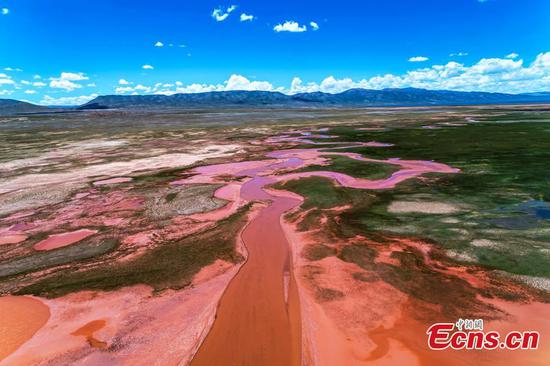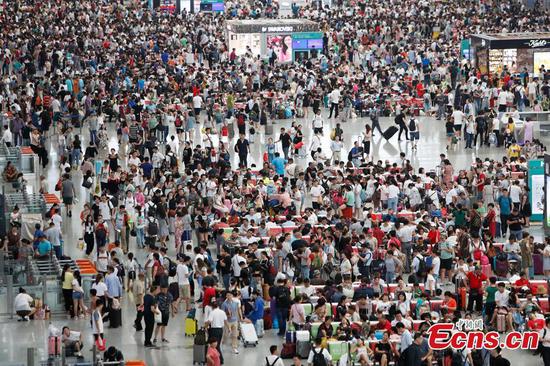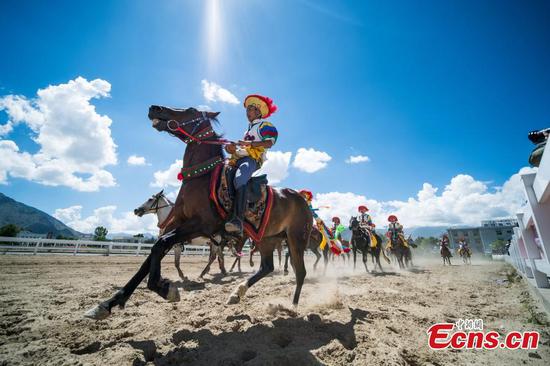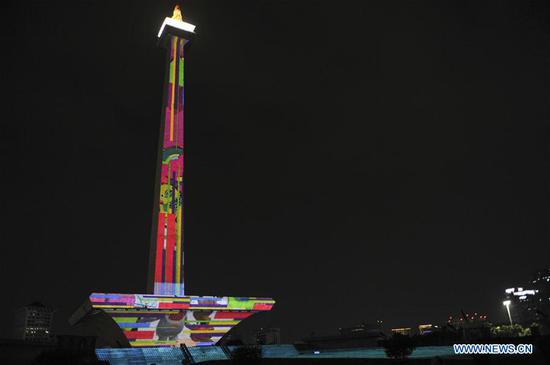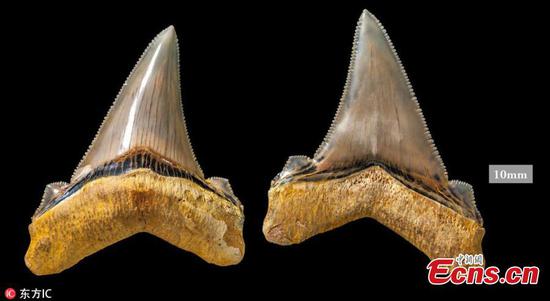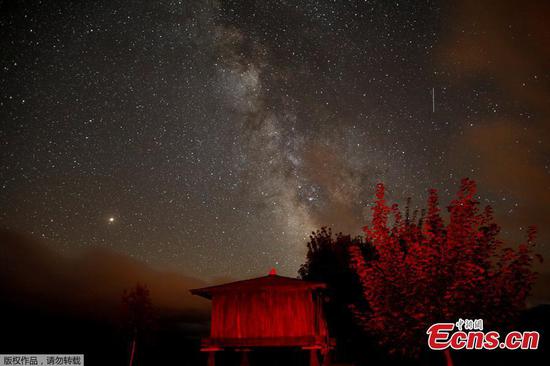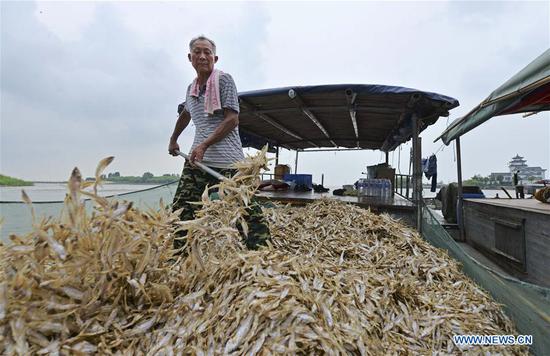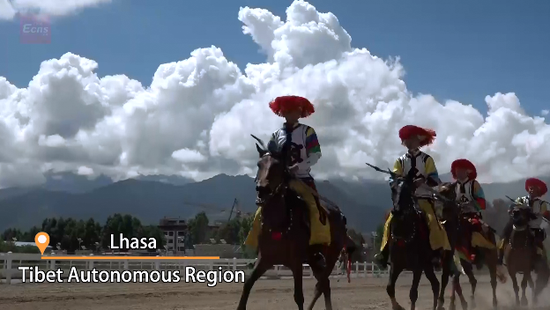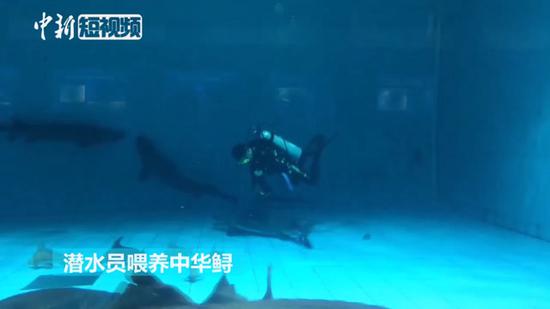Beijing began a citywide and street-level campaign to combat air pollution, zeroing in on dust, odor, and open-air burning activities in a demonstration area that includes 163 townships and subdistricts, according to the Beijing Municipal Environmental Protection Bureau.
The campaign is implemented by individual township and subdistrict governments, with coordination from the district governments.
In addition, the district governments are working to identify and monitor all sources of pollution by enterprises in their areas of jurisdiction, in order to ensure the pollutants are properly managed. The districts are also implementing systems of accountability with effective management mechanisms in regard to environmental issues.
The authorities are also keen on establishing a high quality rapid response mechanism to address environmental problems — from discovery, to reporting, to solution, to feedback, with public participation as well as technological and data support.
According to reports, every district has established a working group, with the deputy head of the district leading those in charge of the district-level commission offices, communities and townships. These working groups are responsible for giving detailed reports on pollution in their assigned areas.
By the end of October, the district governments will conduct inspections on the communities and townships in the demonstration area, and the Municipal Bureau of Environmental Protection will later conduct specialized inspections of each district.
Among the communities in the demonstration area, Xinggu of Pinggu district has made significant progress in its street-level air pollution control. By using sensor grids, the community drew up a detailed map, providing information about more than 450 pollution sources in the district, covering 19 categories such as restaurants and factories. There are 23 grids in the district for air pollution surveillance, each with a full-time environmental manager who randomly collects data from the sensors.
By the end of July, air quality in Xinggu had shown significant improvement. The average concentration of PM2.5 was 54 ug/m3, the lowest among communities and townships in the district. This was in sharp contrast with the same period of 2017, when Xinggu recorded the third highest PM2.5 emissions in the district.









